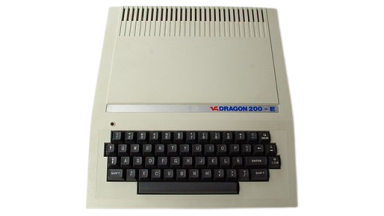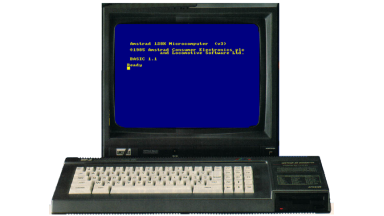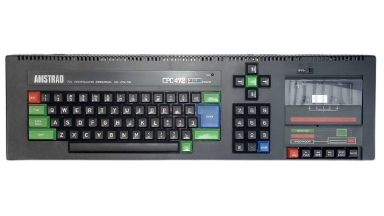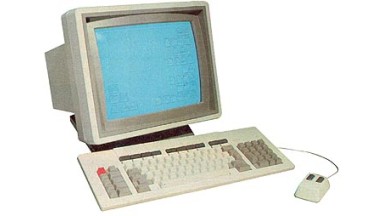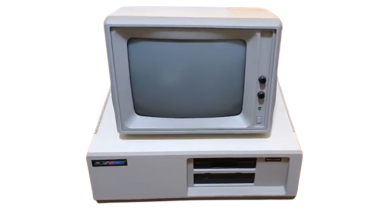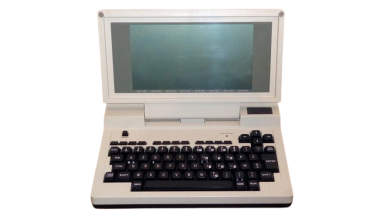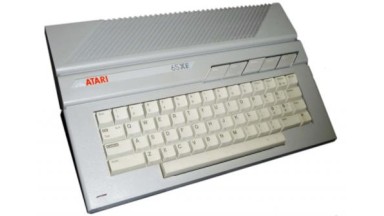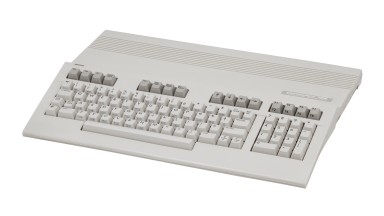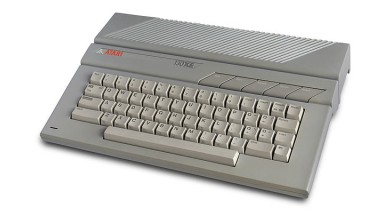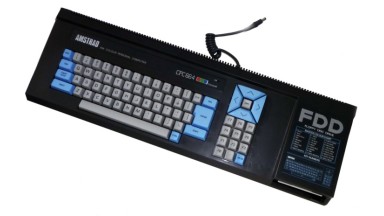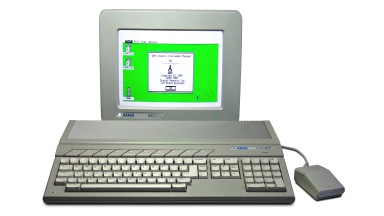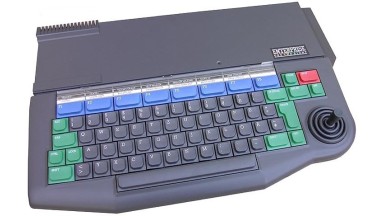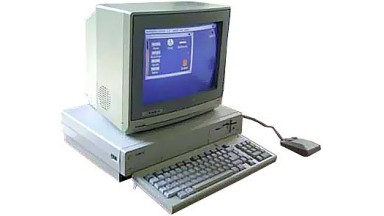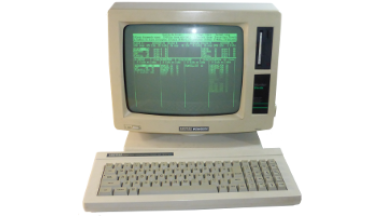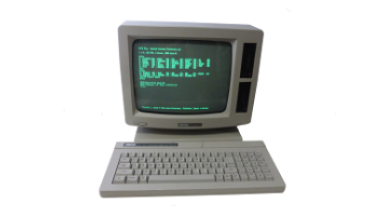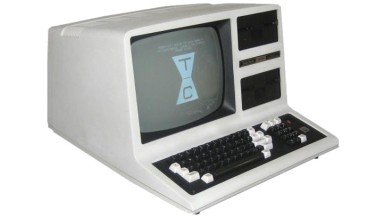Manufacturer: Amstrad
CPU: Z80A
@ 4 MHz
Innovations: It replaced the typical tape media found on computers of the time with a single-sided 3" floppy disk drive, a format that no other major manufacturer would use.
The software on floppy disks usually had a version running in CP/M 2 on one side and a version for CP/M 3 on the other.
The model was initially launched in the United States (June 13, 1985) imported and distributed by Indescomp, Inc. of Chicago, and was the first Amstrad sold in North America, a hostile region for European computers.
Two months later (August 15, 1985), it entered the European market, replacing the CPC 664.
In Spain, it was distributed by Indescomp (later renamed Amstrad España, after its acquisition by the British manufacturer Amstrad Consumer PLC), with a keyboard that included the letter Ñ.
Aside from the British market, this same model was distributed by Awa (in Australia) and Schneider (in Germany).
Amstrad's split with Schneider led Schneider España to distribute the Schneider CPC 6126 in the Spanish market, with the keyboard and manuals in Spanish.
More ↓
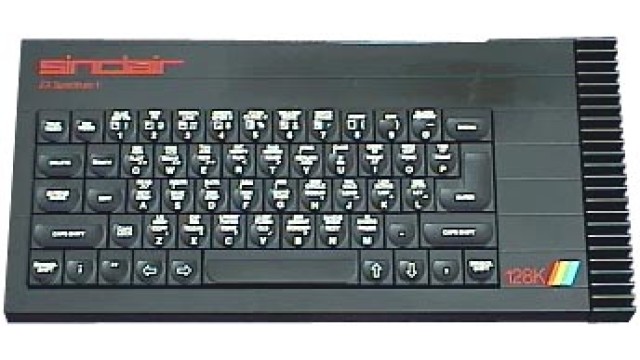
 Spain
Spain